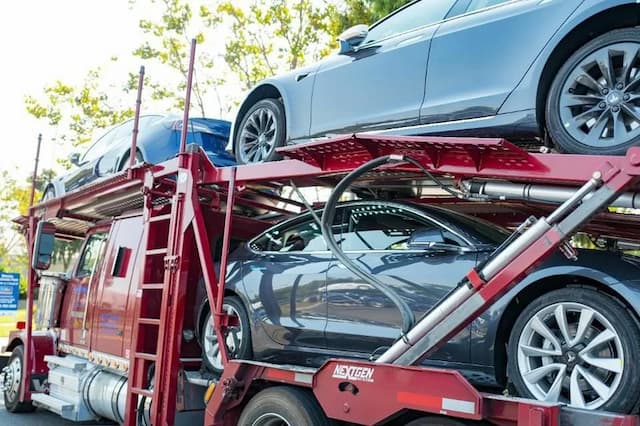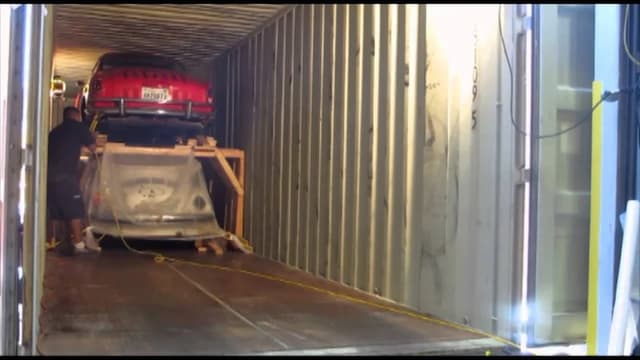Navigating Car Transport in New Orleans, LA
When it comes to shipping your car in Louisiana, there's a world of factors to consider. Louisiana, with its unique waterway network, challenging weather patterns, and diverse urban and rural landscapes, presents a distinct set of circumstances. But don't worry! Here at CitizenShipper, we are committed to helping you navigate through it all. Whether you're moving into or out of New Orleans or need to transport your car for any reason, our expert team is here to help.
Louisiana's Vehicle Transportation Laws & Regulations
In Louisiana, car transportation laws and regulations are in place to ensure the safety and preservation of all vehicles and public roadways. Auto transporters must adhere to the Federal Motor Carrier Safety Administration (FMCSA) regulations for safety. Compliance involves ensuring that all vehicles are properly secured during transport and maintaining necessary documents for every shipped vehicle.
All auto transporters operating in Louisiana must also possess an active MC Docket number, issued by the FMCSA. This number signifies that a transportation company is registered under the federal government, allowing them to legally operate across state lines. Additionally, Louisiana has specific weight restrictions and requirements for oversized loads that transporters must follow, especially when navigating through the many bridges and wetland areas around New Orleans.
Weather & Terrain Considerations in New Orleans, LA
Weather patterns in New Orleans, LA have a significant impact on car shipping. With its humid subtropical climate, you can expect hot, humid summers and short, mild winters. The city is particularly vulnerable to heavy rainfall, flooding, and hurricanes, especially during the Atlantic hurricane season from June through November. These weather events can significantly disrupt transportation schedules and routes.
New Orleans' unique geography presents its own challenges for vehicle transport. The city is situated between the Mississippi River and Lake Pontchartrain, with much of it below sea level. This flat, marshy terrain is crisscrossed by canals and protected by levees. While major highways like I-10 and I-610 provide good access, local streets can be narrow and congested, making navigation difficult for large transport vehicles. It's advisable to plan well in advance and build in flexibility for potential weather-related delays, particularly during hurricane season.








